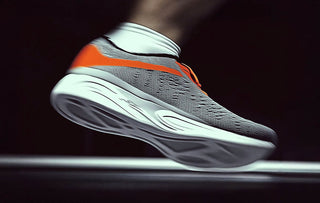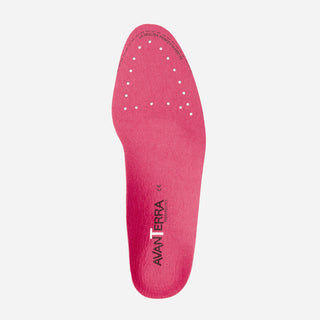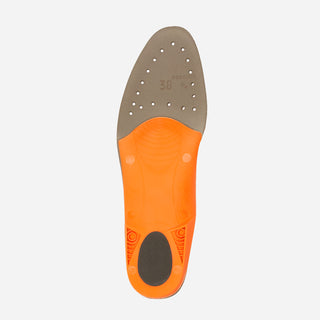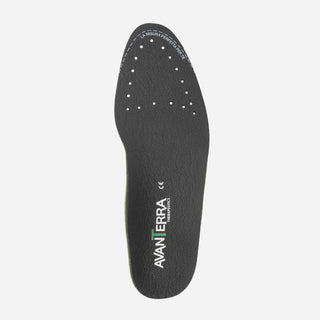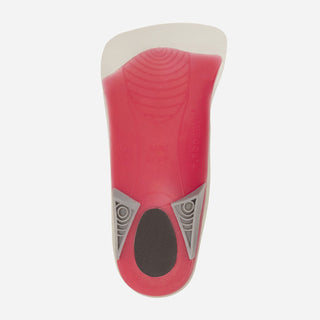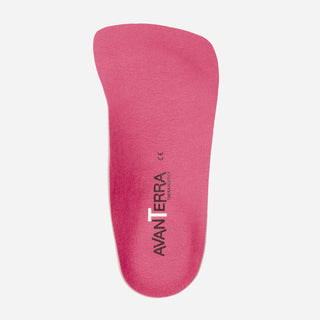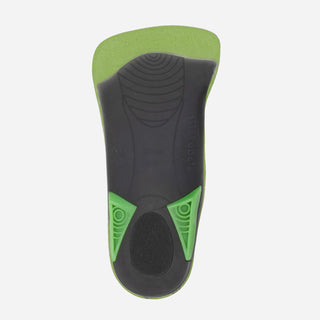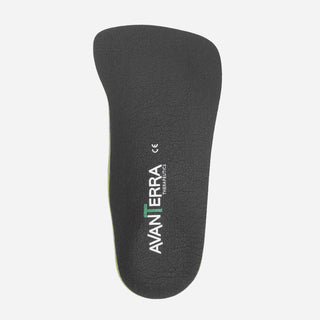To improve mobility, making walking more comfortable and wearing shoes less annoying (even for many hours a day), the number one remedy is the orthopedic insole . However, this device is also recommended for other important aspects: what are the benefits of insoles and how to choose the right model?
Let's find out some more information to make a correct and informed choice.
Why choose an orthopedic insole?
Insoles allow you to better distribute your body weight , reducing discomfort in your feet and making walking more comfortable. Foot insoles can be worn all day, even during sports. In fact, the orthopedic insole allows you to properly distribute the load that your body puts on your foot, especially when you move.
Each orthopedic insole is made according to the specific needs of the person: therefore, choosing an orthopedic model represents the best alternative especially because it will be able to act in a specific way . Orthopedic insoles are made with the specific intent of reducing painful manifestations and inflammation associated with problems of the foot, back or balance.
What are the benefits of orthopedic insoles?
The benefits of insoles are numerous. In addition to providing relief to the feet, legs and ankles during walking and sports, insoles allow you to:
- maintain a correct posture and proper alignment of the feet;
- prevent foot problems, reducing the possibility that the disorders will worsen;
- ensure maximum comfort for the foot;
- absorb the pressure of the foot as it comes into contact with the ground;
- reduce pain ;
- avoid the phenomenon of shoe wear, ensuring a longer lifespan.
Insoles: Benefits when Overweight ? This condition, like obesity, can worsen the painful manifestation. Therefore, it is essential to use an orthopedic insole to reduce the pain related to incorrect posture, aggravated when overweight.
What pathologies can it combat?
The orthopedic insole represents the most comfortable and effective support to combat and prevent pathologies such as:
- tendonitis;
- heel spurs;
- hammer toes;
- Morton's neuroma;
- hallux valgus;
- heel spur;
- plantar fasciitis;
- metatarsalgia.
How to eliminate cellulite from legs naturally? Even the unsightly orange peel can be fought thanks to the use of the insole!
Types of Insoles and How to Choose Them
To choose the orthopedic insole that best suits your needs, it is best to consult a professional. There are different types of insoles:
- standard , very similar to the insoles that are worn inside gym shoes. These insoles, based on the characteristics of the foot and the discomfort experienced, help reduce the discomfort associated with metatarsalgia , periostitis, plantar fasciitis and flat feet;
- preformed , available at health stores. These insoles accompany the sole of the foot from the heel to the toes;
customized . These orthopedic devices are made based on the calculation of factors such as: weight , height, movement of the foot, ankles, hips and legs, weight morphology . This support represents the best ally against advanced or complex problems , even when the disorders compromise the person's mobility. Customized insoles are also highly recommended in the treatment of hollow feet .
